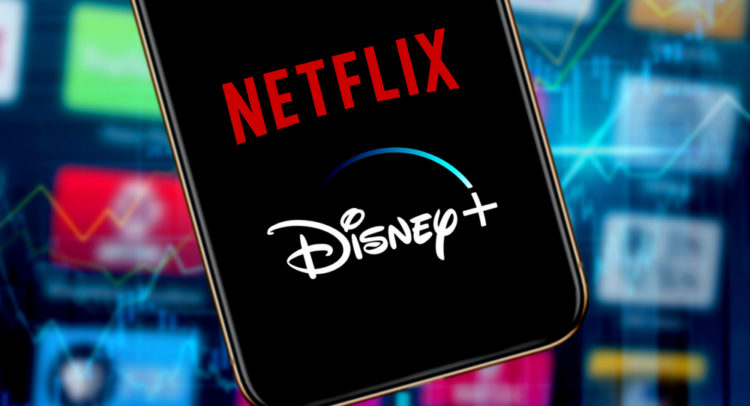Entertainment media, in its various forms, has been an integral part of human civilization for centuries. From early forms like theater and oral storytelling to the digital age of streaming platforms and virtual reality experiences, the evolution of entertainment media reflects the ever-changing needs, desires, and cultural values of society. This article takes a journey through time to explore the historical progression of entertainment media and its profound impact on human experience.
Early Forms of Entertainment: Theater and Oral Storytelling
The roots of entertainment media can be traced back to ancient civilizations where communal gatherings and cultural rituals gave rise to forms of entertainment like Watch MX Player theater and oral storytelling. In ancient Greece, theaters served as platforms for dramatic performances, featuring plays by renowned playwrights like Sophocles, Euripides, and Aeschylus. These theatrical productions explored themes of tragedy, comedy, and human nature, providing audiences with both entertainment and moral instruction.
Similarly, oral storytelling played a significant role in cultures around the world, with storytellers passing down myths, legends, and folktales from one generation to the next. Through the power of spoken word and vivid imagery, storytellers captivated audiences with tales of heroism, adventure, and the human condition, preserving cultural heritage and fostering a sense of community and belonging.
The Advent of Printing Press and Mass Media
The invention of the printing press in the 15th century marked a transformative moment in the history of entertainment media. With the ability to mass-produce books, newspapers, and pamphlets, the printing press democratized access to knowledge and information, fueling the spread of literacy and the rise of mass media.
The Gutenberg Bible, printed by Johannes Gutenberg in 1455, is widely regarded as one of the first major publications produced using movable type printing technology. This groundbreaking innovation made it possible to reproduce written works with unprecedented speed and accuracy, revolutionizing the dissemination of ideas, literature, and cultural exchange across Europe and beyond.
Rise of Mass Entertainment: Cinema and Radio
The 20th century witnessed the rise of mass entertainment mediums like cinema and radio, transforming the way people experienced storytelling and shared cultural experiences. The Lumière brothers’ first public screening of a motion picture in 1895 marked the birth of modern cinema, paving the way for the emergence of Hollywood and the global film industry.
During the Golden Age of Hollywood in the 1930s and 1940s, studios like MGM, Warner Bros., and Paramount Pictures produced a steady stream of blockbuster films that captivated audiences worldwide. Iconic stars like Charlie Chaplin, Marilyn Monroe, and Humphrey Bogart became household names, while directors like Alfred Hitchcock and Orson Welles revolutionized the art of filmmaking with their innovative techniques and storytelling prowess.
Simultaneously, the advent of radio brought news, music, and entertainment into homes across the globe. Radio broadcasts provided listeners with a window to the world, featuring live performances, serialized dramas, and news bulletins that captured the imagination and united communities in shared experiences.
Television and the Dawn of the Digital Age
The introduction of television in the mid-20th century revolutionized the entertainment landscape once again, bringing moving images and sound into the living rooms of millions of households. The first experimental television broadcasts began in the 1920s and 1930s, but it wasn’t until after World War II that television truly began to take off as a mass medium.
Television quickly became the primary source of entertainment for families, offering a diverse array of programming ranging from sitcoms and dramas to news broadcasts and live sports events. The launch of networks like NBC, CBS, and ABC in the United States paved the way for the development of a thriving television industry that continues to shape popular culture to this day.
The Digital Revolution and Streaming Platforms
In the late 20th and early 21st centuries, the digital revolution transformed the entertainment landscape once again, ushering in an era of streaming platforms, on-demand content, and interactive experiences. With the advent of the internet, mobile technology, and high-speed broadband networks, consumers gained unprecedented access to a wealth of entertainment options at their fingertips.
Streaming platforms like Netflix, Amazon Prime Video, and Hulu revolutionized the way we consume entertainment, offering a vast library of movies, TV shows, music, and podcasts on a subscription basis. These platforms leverage advanced algorithms and data analytics to personalize recommendations, optimize content delivery, and enhance the user experience, giving viewers greater control over what, when, and how they watch.
Conclusion: The Continual Evolution of Entertainment Media
In conclusion, the historical progression of entertainment media reflects the evolving needs, desires, and technological advancements of society. From early forms like theater and oral storytelling to the digital age of streaming platforms and virtual reality experiences, entertainment media continues to captivate audiences, foster cultural exchange, and shape the way we experience the world around us. As technology continues to evolve and new forms of media emerge, one thing remains constant: the enduring power of storytelling to entertain, educate, and inspire generations to come.


